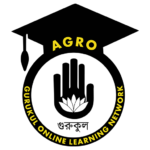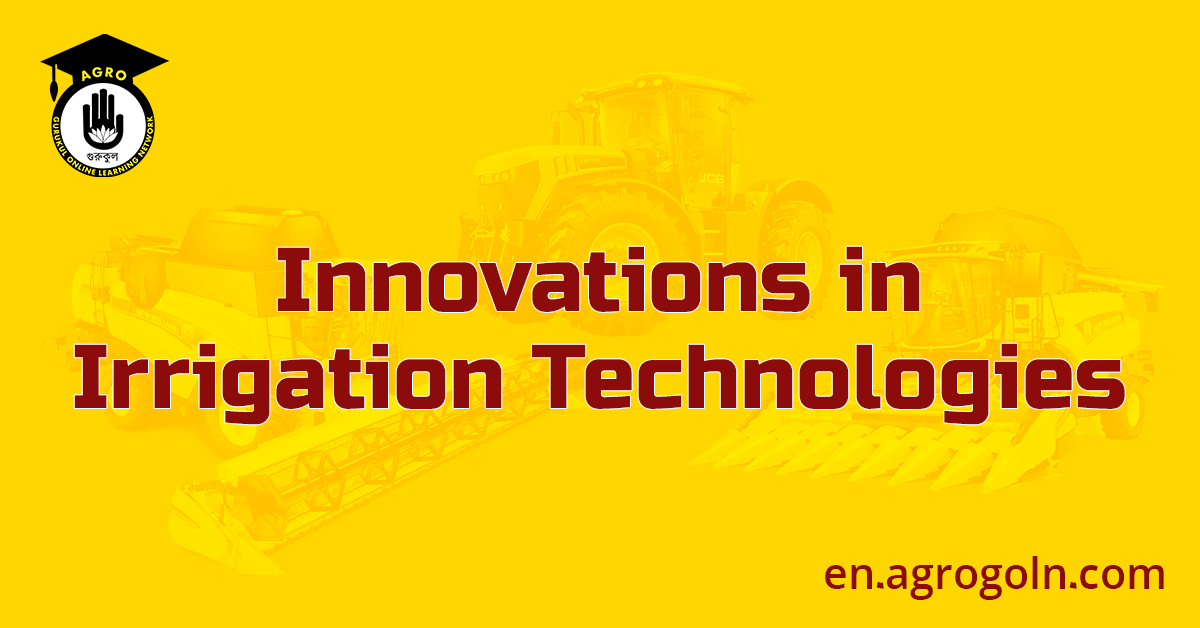Water is the lifeblood of agriculture, and effective irrigation practices are crucial to ensure food security, support livelihoods, and sustain ecosystems. Throughout history, farmers have employed various methods to bring water to their crops, from simple furrow irrigation to complex canal systems. However, with the increasing demand for food, growing water scarcity, and climate change impacts, traditional irrigation methods are no longer sufficient. This has spurred the development of innovative irrigation technologies that optimize water use, improve efficiency, and minimize environmental impact. In this article, we explore the cutting-edge innovations in irrigation technologies that are revolutionizing agricultural water management.
Innovations in Irrigation Technologies

1. Drip Irrigation:
Drip irrigation is a highly efficient and precise method of delivering water directly to the root zone of plants through a network of pipes, tubes, and emitters. This technology drastically reduces water wastage by avoiding surface runoff and evaporation. It also enables farmers to deliver water and nutrients at the right time and in the right quantities, promoting healthier plant growth and higher yields. Drip irrigation systems can be automated and remotely controlled, allowing for precise water management based on real-time data and weather conditions.
2. Sprinkler Irrigation:
Sprinkler irrigation involves the application of water through high-pressure sprinklers that disperse water droplets over the crops. This method mimics natural rainfall and is ideal for large fields with uniform crop distribution. Innovations in sprinkler irrigation have led to the development of low-pressure systems, such as center pivot and lateral move systems, which are more energy-efficient and reduce water loss due to wind drift. Advanced sprinkler systems can be equipped with sensors to monitor soil moisture and adjust water application accordingly, further enhancing water efficiency.
3. Center Pivot and Lateral Move Systems:
Center pivot and lateral move irrigation systems are a form of sprinkler irrigation, where long, rotating pipes with sprinklers attached move in a circular or straight line across the field. These systems can cover large areas, reducing the need for extensive pipe networks and labor. Innovations in this technology include GPS guidance systems and variable rate irrigation, which adjust water application based on crop requirements and field variability.
4. Subsurface Drip Irrigation (SDI):
Subsurface drip irrigation is a variation of drip irrigation where the water is delivered directly to the root zone through buried pipes and emitters. This method reduces water loss due to evaporation and minimizes weed growth. SDI is particularly useful in arid regions with limited water availability and high evaporation rates. Additionally, it promotes soil health and prevents salt accumulation on the surface, which is common in surface drip systems.
5. Smart Irrigation Controllers:
Smart irrigation controllers are digital systems that use weather data, soil moisture sensors, and evapotranspiration rates to determine optimal irrigation schedules. These controllers can be remotely monitored and programmed, allowing farmers to adjust irrigation in real-time. By integrating weather forecasts and soil moisture data, smart controllers ensure that irrigation is only applied when necessary, avoiding overwatering and saving water.
6. Soil Moisture Sensors:
Soil moisture sensors are a crucial component of modern irrigation systems. These devices measure the moisture content in the soil and provide real-time data to farmers. Armed with this information, farmers can precisely determine when and how much water to apply, preventing water stress and optimizing plant growth. Soil moisture sensors can be used in conjunction with automated irrigation systems, making irrigation decisions data-driven and more efficient.
7. Rainwater Harvesting:
Rainwater harvesting involves collecting and storing rainwater for later use in irrigation. Innovations in rainwater harvesting systems have made them more effective and cost-efficient, particularly in regions with irregular rainfall patterns. This practice reduces the reliance on groundwater and surface water sources, preserving natural water bodies and supporting sustainable water management.
8. Mobile Irrigation Apps:
Mobile applications have become invaluable tools for farmers in managing their irrigation systems. These apps provide access to real-time weather data, soil moisture information, and remote control of irrigation systems. Farmers can make informed decisions about irrigation schedules and water usage while being on the move, leading to improved water efficiency and crop productivity.
9. Precision Agriculture and Artificial Intelligence:
The advent of precision agriculture and artificial intelligence has transformed how irrigation is managed. Advanced sensors, drones, and satellite imagery can monitor crop health and identify areas with varying water needs. Machine learning algorithms can analyze vast amounts of data and optimize irrigation strategies, considering factors such as crop type, growth stage, and weather conditions. This level of precision ensures that water is delivered precisely where and when it is needed, maximizing water use efficiency.
10. Solar-Powered Irrigation Systems:
The use of solar energy to power irrigation systems has gained popularity, especially in off-grid areas. Solar-powered pumps and controllers are sustainable and cost-effective solutions, reducing dependency on fossil fuels and lowering operational costs for farmers. These systems can be integrated with smart irrigation technologies to further enhance energy and water efficiency.
Conclusion:
Innovations in irrigation technologies are transforming agricultural water management, making it more efficient, sustainable, and resilient to the challenges of a changing climate. As the global population continues to grow, and water resources become scarcer, the adoption of these cutting-edge irrigation technologies is essential to ensure food security, conserve water, and protect the environment. By harnessing the power of technology and data-driven approaches, farmers can optimize irrigation practices, enhance crop productivity, and pave the way towards a more sustainable and water-efficient future.
